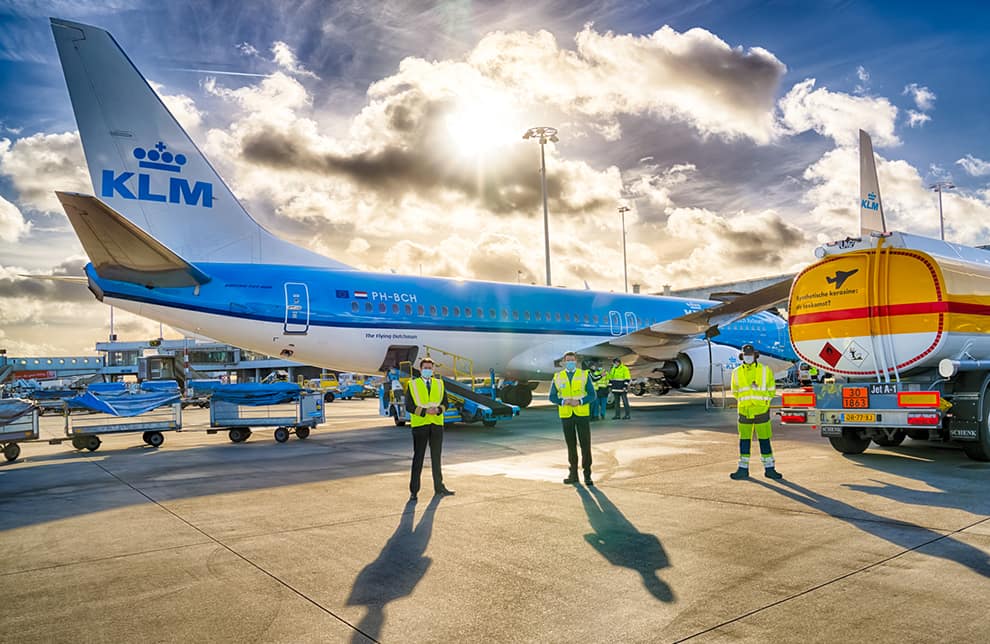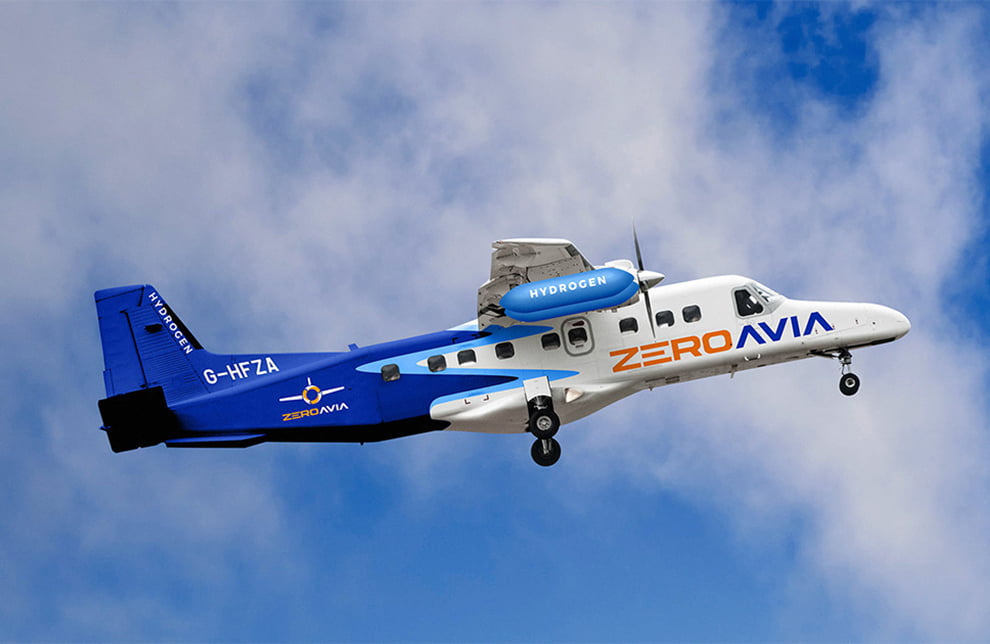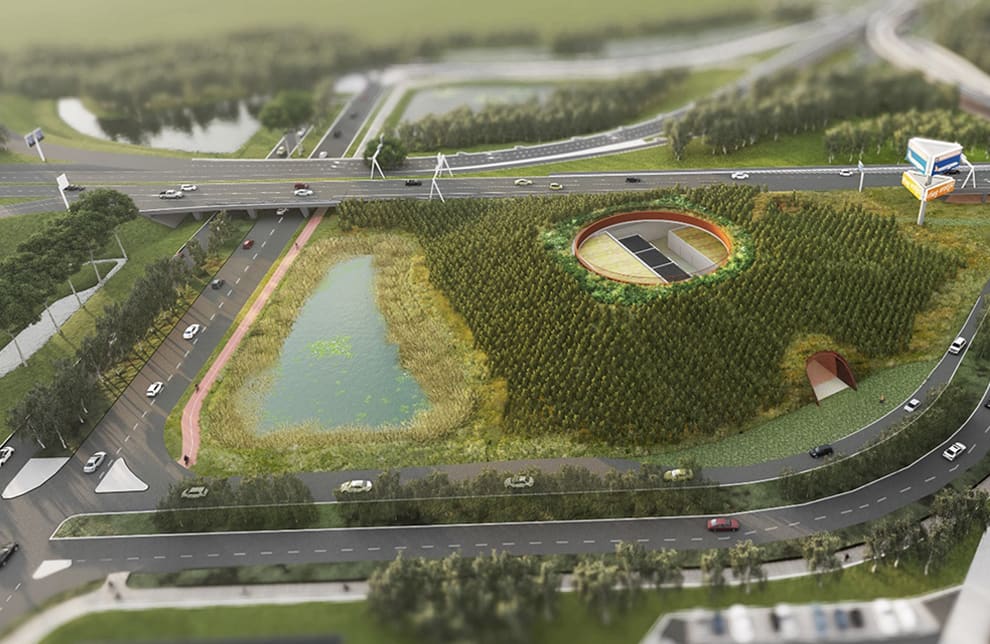How can flying become cleaner and greener?
Becoming cleaner and greener is the biggest challenge the aviation industry is facing. Schiphol wants to make progress as quickly as possible, together with airlines, aircraft manufacturers, scientists and fuel producers. We all want flying to remain accessible to everyone, but not at the expense of the planet we live on. The aviation sector will be investing in that a lot this year, with solutions like flying on hydrogen, cleaner kerosene and consuming less.

Consuming less
The first step we can take towards a cleaner and more sustainable aviation sector is consuming less. That can be done by taking fewer short-haul flights and by opting for other modes of transport, like travelling by train from Schiphol to European destinations. This is why the extension of the North/South metro line is necessary; there will be more space for international trains in the Schiphol Tunnel. When it comes to travelling longer distances, gains can be made by using more efficient and cleaner aircraft that consume less fuel.
Improved aircraft fuel
The combustion of kerosene in aircraft engines produces emissions. Kerosene is made from crude oil and it is therefore a fossil fuel. By producing kerosene using sustainable waste materials, like vegetable oil, emissions can be reduced by up to 80%. A blending obligation is on the horizon; in the Netherlands it will amount to 14% in 2030 . Kerosene can also be produced from CO2. Carbon dioxide is removed from the air and, using sustainable energy and water, turned into a gas that can be used to make synthetic kerosene. This can lead to a significant reduction of emissions, but production is relative expensive. More investment and effective collaboration between fuel producers and airlines are therefore needed. Good progress is already being made as several sustainable aircraft fuel production facilities will be opening in the Netherlands.

Did you know that…
Schiphol stimulates the use of sustainable fuel?
Airlines that fill up with biokerosene or synthetic kerosene receive 500 euros and 1000 euros respectively per tonne of sustainable fuel refuelled. This contribution can reach up to 15 million euros in three years.

Flying on hydrogen or electricity
Flying on hydrogen or electricity is also clean and green. Hydrogen-powered aircraft engines are being developed at a rapid pace and small passenger aircraft that fly emission free on hydrogen are already being tested. Schiphol expects that a 20-seater plane will be able to fly from Rotterdam The Hague Airport to London in 2024. The development of electric passenger aircraft is still a little further away. However, electric flight is already possible and we’re conducting a lot of research into it together with scientists, aircraft manufacturers and airports.
Online talk show on sustainable flight
We discussed the dilemma of cleaner and greener aviation during Schiphol’s online New Year’s meeting, which provided a clear insight into both the challenges and the opportunities involved. Guests at the table included Marjolein Demmers (Natuur & Milieu), Maarten van Dijk (SkyNRG), René de Groot (KLM), Bart Leenders (Neste), Rogier Lieshout (Destination 2050), Val Miftakhov (Zeroavia), Henry Werij (TU Delft), Wouter van Wersch (Airbus), Ingrid Thijssen (VNO-NCW) and climate journalist Bernice Notenboom. This online talk show was hosted by Dick Benschop and Rens de Jong.

Read the previous blogs
-
Special high-voltage substation
Published on:New high-voltage substation contributes to one of Schiphol’s most significant sustainability goals: zero emissions in 2030.

-
More electric equipment
Published on:Most diesel generators have now been replaced by electric ones. Schiphol provides almost all planes parked at the gate with electrical power.

-
Start construction circular checkpoint
Published on:For the new checkpoint we are using material left over after the demolition of three office buildings and three cargo buildings at Schiphol.
